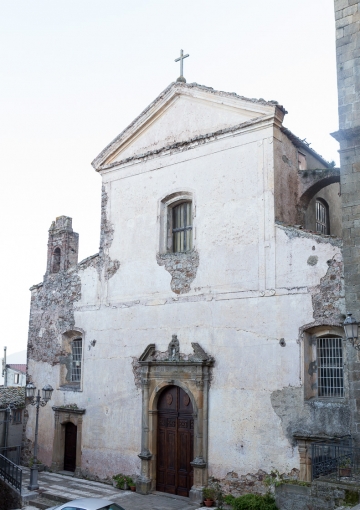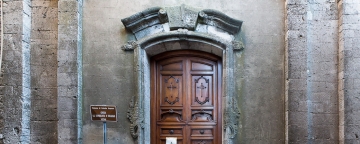Cattedrale e Chiostro di Cefalù
Cattedrale e Chiostro di Cefalù
Cefalú cathedral, Unesco world heritage, is located on a predominant position over the town, and it is overhung by a high cliff called Rocca di Cefalú. The cathedral was founded by Ruggero II in 1131 to testify the power of the Altavilla family which reconquered Sicily. The cathedral presents some Arab, greek and latin elements, to declare the union of various cultures present into the newborn Kingdom of Sicily. The project for the church was already defined at Ruggero death in 1154 but the church consecration took place only in 1267 and its covering was completed only at the end of the century.
The facade made in 1240 is enclosed by two towers whose construction is coeval with the rest of the church. The heavy towers, together with the elevated position of the church, give to the norman facade the semblance of a castle. At the top are located two belfries. The facade superior section is richly decorated with two series of carved archivolts, while below the three arches portico there is the royal portal with a rich, even if a little consumed, marble decoration.
The right side of the church is decorated with pilasters which include the windows. On this side is also located a surviving gallery of the cloister, which was used as a model for the Monreale cathedral cloister. The gallery is supported by twin and quadruple columns with smooth drums angle and various styles capitals: decoration with angels and animals, stained with Genesis scenes, decored with reptile monsters with female faces, acrobats representations and many plant decorations. The columns are connected together by Islamic style arches. On the north-west corner, there was once a fountain, which is nowadays preserved in the cathedral storehouse waiting to be restored.
The inside has a basilica plan with latin cross, three apse and three naves separated by Arab style arches. The marble capitals and stands were taken from pagan temples Roman era, maybe II century. The naves coverage is made by wooden trusses. Beams are painted with fantasy animals due to the Arab workforce.
The dominant figure is the Pantocrator Christ, placed in the higher part of the central apse. The mosaic decorations were realized in 1170 and the side walls were enriched with stucco during XVII century. The mosaics in the cathedral were not part of Ruggero original plan but were added soon after his death. Currently, mosaics are ordered in four bands delimited horizontally and vertically by frames and geometries. The use of nacre tiles must be underlined because of their rarity, even in the Orient.












